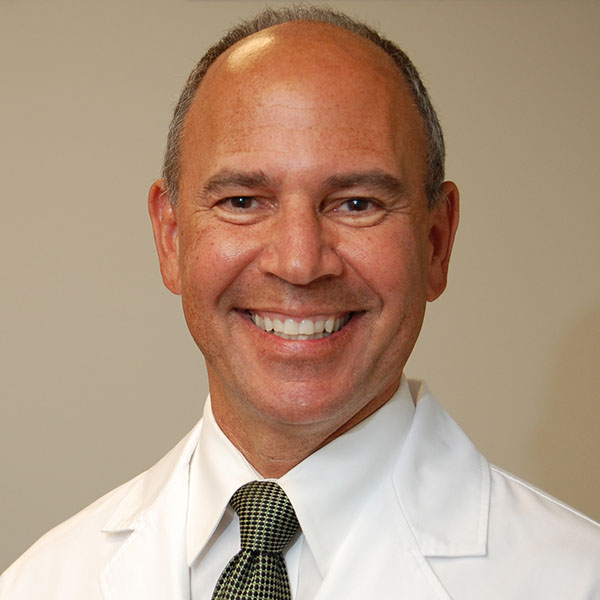Broken-heart syndrome (takotsubo cardiomyopathy)
Broken-heart syndrome, also known as stress cardiomyopathy or takotsubo syndrome, can occur when a person experiences severe emotional or physical stress.
- Reviewed by Howard E. LeWine, MD, Chief Medical Editor, Harvard Health Publishing; Editorial Advisory Board Member, Harvard Health Publishing

Years of gender-based research have shown that in matters of the heart, sex differences abound. One striking example is the temporary heart condition known as takotsubo cardiomyopathy, also known as broken-heart syndrome.
What is broken heart syndrome?
First described in 1990 in Japan, takotsubo cardiomyopathy is a weakening of the left ventricle, the heart's main pumping chamber.
The condition is usually the result of severe emotional or physical stress, such as a sudden illness, the loss of a loved one, a serious accident, or a natural disaster such as an earthquake. That's why the condition is also called stress-induced cardiomyopathy, or broken-heart syndrome.
Broken heart syndrome symptoms
Classic heart attack symptoms — severe pressure, heaviness, or pain in the chest — most often arise from a blockage in a coronary artery that prevents blood from reaching the heart muscle. But takotsubo cardiomyopathy can produce the same sudden heart symptoms even when the coronary arteries are clear. Sometimes people with broken heart syndrome experience less dramatic chest pain. Instead, they may have shortness of breath, sudden onset of marked fatigue, cold sweats, or lightheadedness.
Who gets broken-heart syndrome?
More than 90% of reported cases are in women ages 58 to 75. Research suggests that up to 5% of women suspected of having a heart attack actually have this disorder. Most people recover with no long-term heart damage.
What causes broken heart syndrome?The precise cause of broken heart syndrome isn't known, but experts think that surging stress hormones (for example, adrenaline) essentially "stun" the heart, triggering changes in heart muscle cells or coronary blood vessels (or both) that prevent the left ventricle from contracting effectively. Some causes of broken heart syndrome include:
Sources: Prasad A, et al., American Heart Journal (2008), Vol. 155, No. 3, pp. 408–17; others. |
Broken heart syndrome and heart attack
Takotsubo symptoms are indistinguishable from those of a heart attack. And an electrocardiogram (ECG) may show abnormalities similar to those found in some heart attacks — in particular, changes known as ST-segment elevation. Consequently, imaging studies and other measures are needed to rule out a heart attack. To get a definitive diagnosis, clinicians look for the following:
- No evidence on an angiogram of blockages in the coronary arteries — the most common cause of heart attacks.
- An echocardiogram (ultrasound image) or other imaging technique that shows abnormal movements in the walls of the left ventricle. The most common abnormality in takotsubo cardiomyopathy — the one that gives the disorder its name — is ballooning of the lower part of the left ventricle (apex). During contraction (systole), this bulging ventricle resembles a tako-tsubo, a pot used by Japanese fishermen to trap octopuses. Another term for the disorder is apical ballooning syndrome.
Apical ballooning and the tako-tsubo
An x-ray of the left ventricle (A) shows apical ballooning, a reversible abnormality characteristic of takotsubo cardiomyopathy. During systole (cardiac contraction) the midsection and tip (apex) of the left ventricle balloon out, while the area above, called the base, contracts normally. The shape is similar to that of a tako-tsubo (B), a round-bottomed, narrow-necked vessel used to catch octopuses. Photos reprinted with permission from Bilal Saeed, M.D., University of Toledo Medical Center, Toledo, Ohio (A); and Satoshi Kurisu, M.D., Hiroshima City Hospital, Hiroshima, Japan (B). |
Can you die from broken-heart syndrome?
Most of the abnormalities in systolic function and ventricle wall movement seen in broken-heart syndrome clear up in one to four weeks. Most individuals who experience it recover fully within two months and are at low risk for it happening again.
However, some people continue to have persistent signs consistent with heart failure. In rare cases, broken heart syndrome can be fatal.
Broken-heart syndrome treatment
There is no specific treatment for broken-heart syndrome. It depends on the severity of symptoms, and whether the person has low blood pressure or evidence of fluid backing up into the lungs. Clinicians often recommend standard heart failure medications such as beta blockers, ACE inhibitors, and diuretics (water pills). They may give aspirin to patients who also have atherosclerosis (plaque buildup in the arterial walls).
Although there's little evidence on long-term therapy, beta blockers (or combined alpha and beta blockers) may be continued indefinitely to help prevent recurrence by reducing the effects of adrenaline and other stress hormones. It's also important to work on reducing any stress that may have played a role in triggering the disorder.
Image: Arsgera/Getty Images
About the Reviewer

Howard E. LeWine, MD, Chief Medical Editor, Harvard Health Publishing; Editorial Advisory Board Member, Harvard Health Publishing
Disclaimer:
As a service to our readers, Harvard Health Publishing provides access to our library of archived content. Please note the date of last review or update on all articles.
No content on this site, regardless of date, should ever be used as a substitute for direct medical advice from your doctor or other qualified clinician.
















